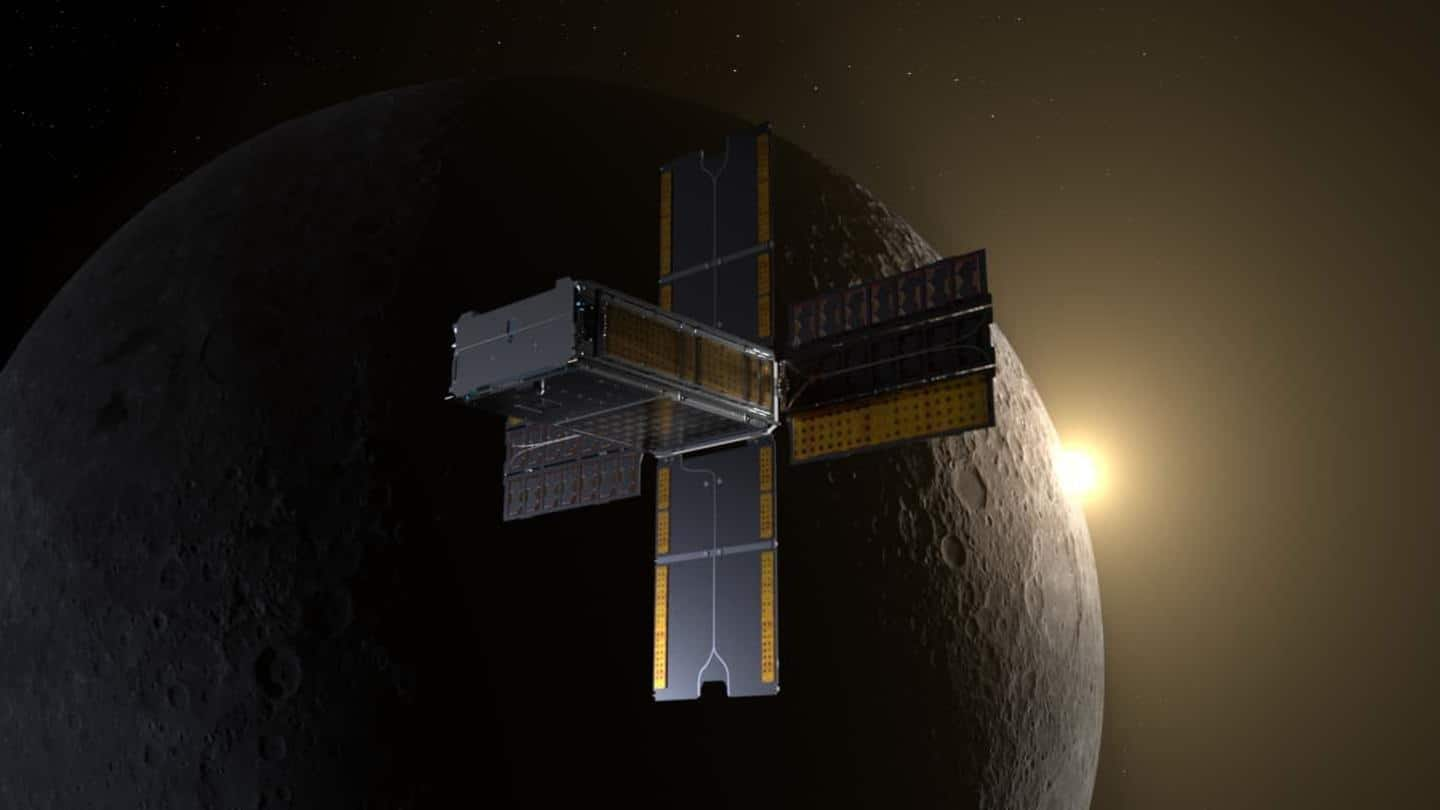
NASA's Artemis 1 to launch on November 14: Key facts
What's the story
Artemis 1 is ready to take off on November 14 from Kennedy Space Center in Florida. There will be a 69-minute launch window starting at 12:07 am EST (9:37 am IST). The team has started rolling out the Space Launch System (SLS) rocket and the Orion spacecraft to Launch Pad 39B. Here's everything to know about the ambitious mission.
Context
Why does this story matter?
In Greek mythology, Artemis refers to the goddess of the Moon and also happens to be the twin sister of Apollo. Perhaps, that's the reason behind its name. Artemis mission is the first crewed landing on the Moon in 50 years, since the Apollo 17 mission. Notably, this venture aims to land the first woman and the first person of color on the Moon.
Speciality
How different is Artemis from other lunar missions?
The Artemis mission is significant for several reasons. It's the first to probe into the Moon's South Pole, a region that has never been visited before. NASA seeks to "establish the first long-term human-robotic presence on and around the Moon." And if everything goes well with this venture, the space agency will execute the first-ever manned mission to Mars in the years ahead.
Mission
The Artemis mission is split into three batches
The Artemis mission is split into three patches: Artemis 1, Artemis 2, and Artemis 3 and Beyond. The latter two are yet to be designed. Artemis 1 is an uncrewed flight test of the SLS rocket and the Orion spacecraft around the Moon. Artemis 2 will be the first crewed exploratory venture. The Artemis 3 will land astronauts on the Moon via SpaceX's Starship.
Experimentation
Artemis 1 will assess health risks posed by cosmic radiation
Artemis 1 will host the first long-duration biology experiment in space. This is to ascertain the health threats posed by cosmic radiation to astronauts in low-Earth orbit. BioSentinel, a cereal box-sized satellite, will transport yeast cells and will monitor the behavior of these microorganisms when they are exposed to high radiation. The information will be relayed to Earth via NASA's Deep Space Network.
Details
Amazon's Alexa voice control will be tested on Artemis 1
Artemis 1 will carry three mannequins. One is Shaun the Sheep, a plush toy. Two dummies, Helga and Zohar, simulated with adult female torsos and equipped with 5,600 radiation sensors will be strapped on the spacecraft. Callisto, a modified version of Amazon's Alexa, is also a part of this mission, marking it as the first voice assistant to be available beyond our planet.
Progress
The spacecraft is being moved to the launch pad
Coming to the launch of the Artemis 1 spacecraft, the four-mile journey from the Vehicle Assembly Building (VAB) to the Launch Pad 39B would take approximately 8-12 hours. Once the spacecraft emerges from VAB, there will be a pause to enable the "reposition of the crew access arm on the mobile launcher." An official statement will be released once it reaches the launch pad.